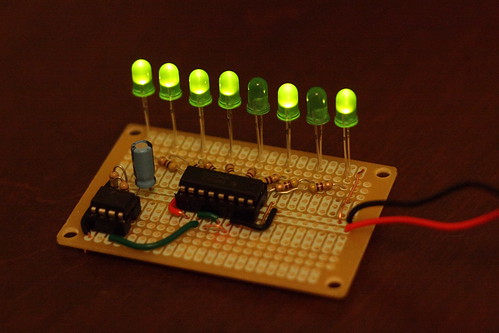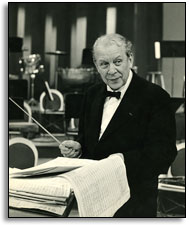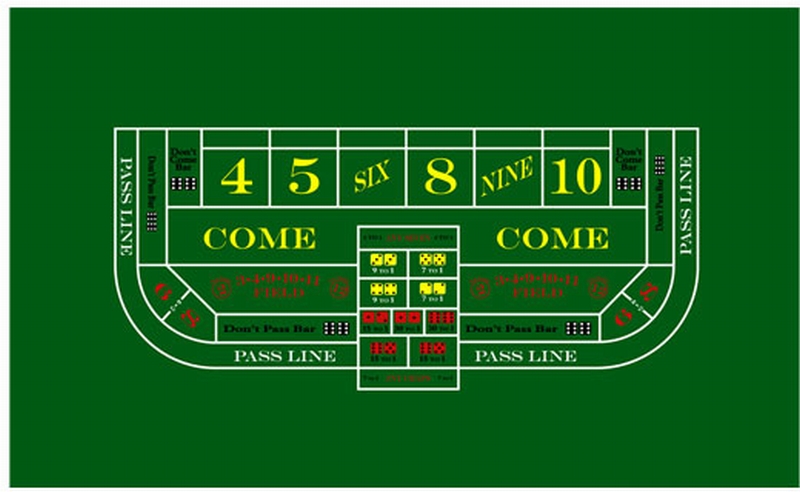As of August 3rd, 2012, this montage will no longer be available on Pod-O-Matic. It can be heard or downloaded from the Internet Archive at the following address / A compter du 3 août 2012, ce montage ne sera plus disponible en baladodiffusion Pod-O-Matic. Il peut être téléchargé ou entendu au site Internet Archive à l'adresse suivante:
http://archive.org/details/ThePowersOfTwo_316
pcast061 Playlist
=====================================================================
English Commentary – le commentaire français suit
The final instalment in our month-long look at music by the numbers is the first few "powers of 2", namely 1, 10, 100, 1000, 10000 and 100000. Or maybe should I write them as 00000001, 00000010, 00000100, 00001000, 00100000 and 01000000.
Ah yes, you can tell I'm a computer geek and that I can count in binary, I suppose we are most used to the decimal notation, so 1, 2, 4, 8, 16, 32 and 64.
What better way to illustrate the "powers of 2" musically than relying on a piece for two pianos (or two pianists, four ands in the case of our montage performance)m and that would be some of the 21 Hungarian Dances by Johannes Brahms. Those cover off the first handful of entries on our playlist. A complete performance is embedded in the French commentary.
For 32, I chose Anton Arensky's piano trio in D minor from the Isabella Stewart Gardner museum collection. As I started teasing last week, we will have a summer series again this year on the Tuesday Blog - like we did last summer with the Summer of the String Quartet, but this time it will be dedicated to the sonata. All kinds of sonatas for one or two instruments and the ISGM will be a venue of choice for at least 3 of the posts. More details to follow on TalkClassical and on What's New for July and August.
Back to the montage, and probably one of the most beloved "opus 64's" of the standard repertoire, Mendelssohn's violin concerto in E Minor. Mendelssohn wrote two concertos for the violin (there is a teenage concerto, from 1822 in D minor), but this concerto is along with the Brahms and the Beethoven represent the holy trinity of German violin concerti. Charles Dutoit and the Montreal Symphony recorded the concerto twice with two different soloists at opposite ends of the series of MSO recordings from St-Eustache. One was with Leila Josefowicz (coupled with the Glazunov) and the earliest if with Kyung Wha Chung (coupled with the Tchaikovsky), It is the Chung version I have chosen for today's montage.
I think you will love this music too!
=====================================================================
Commentaire françaisNotre dernière réflexion sur la numérologie musicale considère les puissances de 2. La suite est celle qui double le nombre qui le précède, donc 1,2,4,8,16,32, 64...
Ces nombres se retrouvent partout en mathématiques et en informatique (j'illustre l'example du compteur binaire dans mon commentaire anglais). Pour nos besoins d'aujourd'hui, les premères illustrations sont issues des quatre livres de Ungarische Tänze pour piano à 4 mains de Johannes Brahms. L'intégrale des 21 sélections, gracieuseté de YouTube, est offerte ici sur deux pianos:
Le 32 est représenté par le trio pour piani en ré mineur de Russe Anton Arenski, dans une prestation de la collection du musée Isabella Stewart Gardner. Comme j'ai commencé à le suggérer la semaine dernière, nous aurons une autre série de musique de chambre les mardis cet été (vous souvenez-vous de l'août du quatuor?), mais je réserve cette série pour mes lecteurs sur MQCD Musique Classique et TalkClassical - Mardi en Musique fera du rattrappage avec des billets de faveur cet été. Plus de détails dans Quoi de Neuf.
Finalement, l'op. 64 de Félix Mendelssohn complète notre séquence. Son concerto pour violon en mi mineur fut endisqué par Dutoit et l'OSM deux fois pemndant leur association avec London-Decca et Philips et leurs enregistrements à partor de l'Église de St-Eustache en banlieue de Montréal. Entre Leila Josefowicz et Kyung-Wha Chung, j'ai opté pour la violoniste Coréenne, qui participa à au moins deux des enregistrements de la première heure de la série.
Bonne écoute!

















